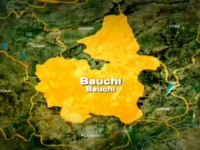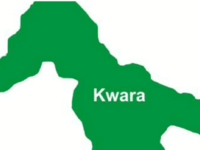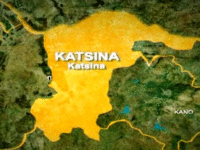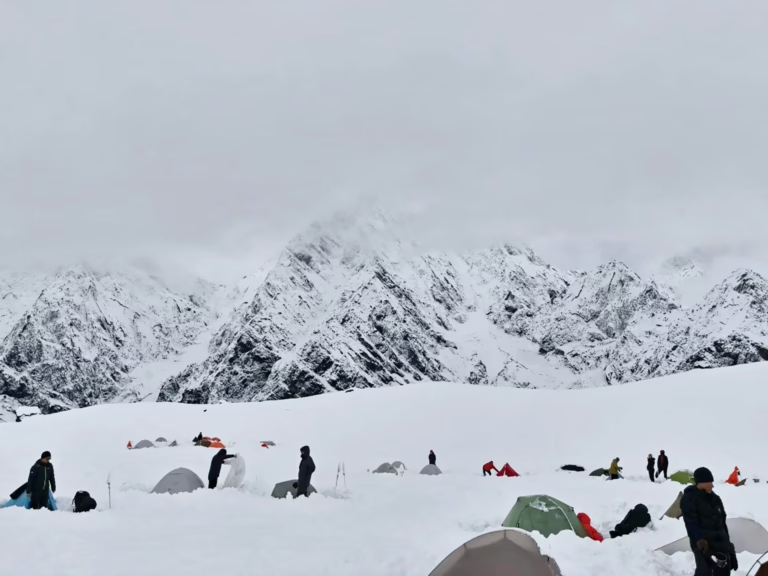Among those saved were trekking guides, yak herders, and adventurers caught in a severe snowstorm that began on Friday.
Published On 8 Oct 2025
Authorities have confirmed that hundreds of trekkers, local mountain guides, and yak herders have been safely evacuated after being trapped by a fierce snowstorm over the weekend on the eastern slopes of Mount Everest in Tibet.
The final group of approximately 200 stranded hikers was airlifted from the remote Karma Valley on Tuesday, following the successful rescue of around 350 adventurers on Sunday. This operation stands as one of the most extensive search-and-rescue missions ever conducted in the area.
According to China’s state news outlet Xinhua, a total of 580 trekkers along with over 300 local guides and yak herders have safely arrived in Qudeng township and surrounding parts of Dingri county within the Tibet Autonomous Region.
Rescue teams equipped with essential supplies such as food, medical aid, oxygen tanks, and thermal gear navigated the nearly 900 individuals out of Karma Valley, situated at an average elevation of 4,200 meters (13,800 feet) at Everest’s base. The blizzard, which struck on Friday and Saturday, brought heavy snowfall that immobilized the group.
Xinhua further reported that all evacuees are now secure, and local authorities are coordinating their orderly return home.
Reuters highlighted that the surge in outdoor activity coincided with an eight-day national holiday starting October 1, drawing many nature enthusiasts to China’s mountainous interior.
On Chinese social media platforms like WeChat and Douyin (China’s version of TikTok), many users expressed criticism over the mass stranding, viewing the risky expedition as an irresponsible luxury pursuit in a hazardous environment.
One WeChat user questioned whether the stranded trekkers would bear the financial burden of the extensive rescue efforts.
Another Douyin commenter remarked, “Even with enough money, I would still choose to rest forever at Everest’s base.”
First charted by Western explorers over a century ago, Karma Valley remains relatively untouched and less frequented compared to Everest’s northern face, which benefits from road access.
Eric Wen, 41, shared with Reuters that the group was fortunate to follow footprints left by those ahead, which eased their 19-kilometer (12-mile) trek through deep snow to exit the valley. “Without those tracks, escaping on our own would have been impossible,” he said.
The Tibetan Plateau dominates western China, stretching from the Himalayas bordering Nepal to Qinghai province and Xinjiang in the north. Renowned for its breathtaking snow-capped peaks and pristine lakes, it is the source of major rivers like the Yangtze and Mekong, which flow into neighboring countries and other regions of China.
Meanwhile, Sherpa communities in Nepal are increasingly confronting unpredictable weather patterns as climate change accelerates, heightening dangers for both climbers and local guides in the Himalayas.






















